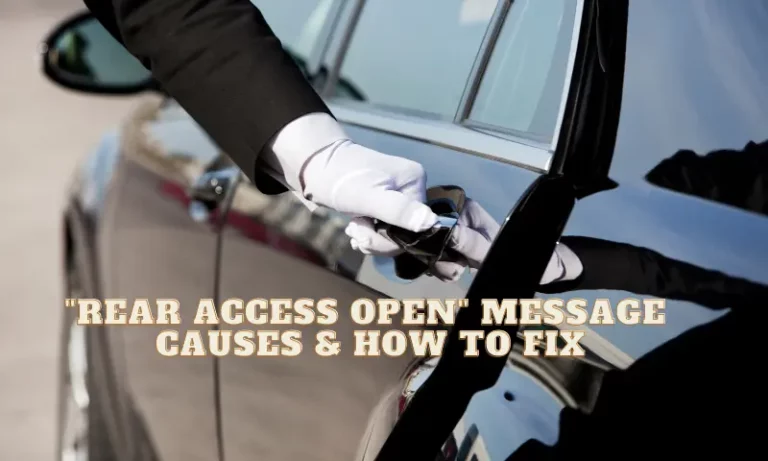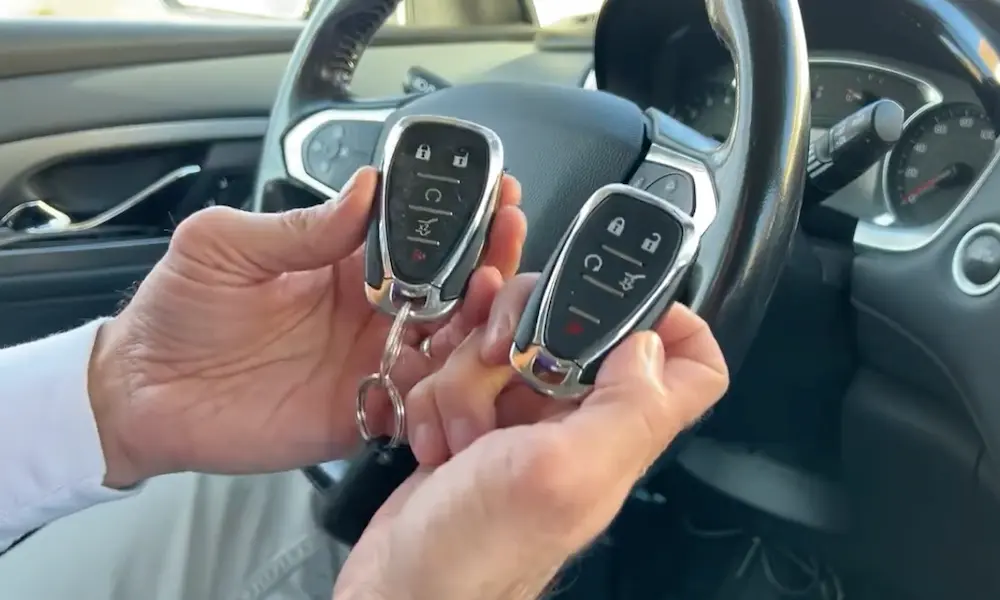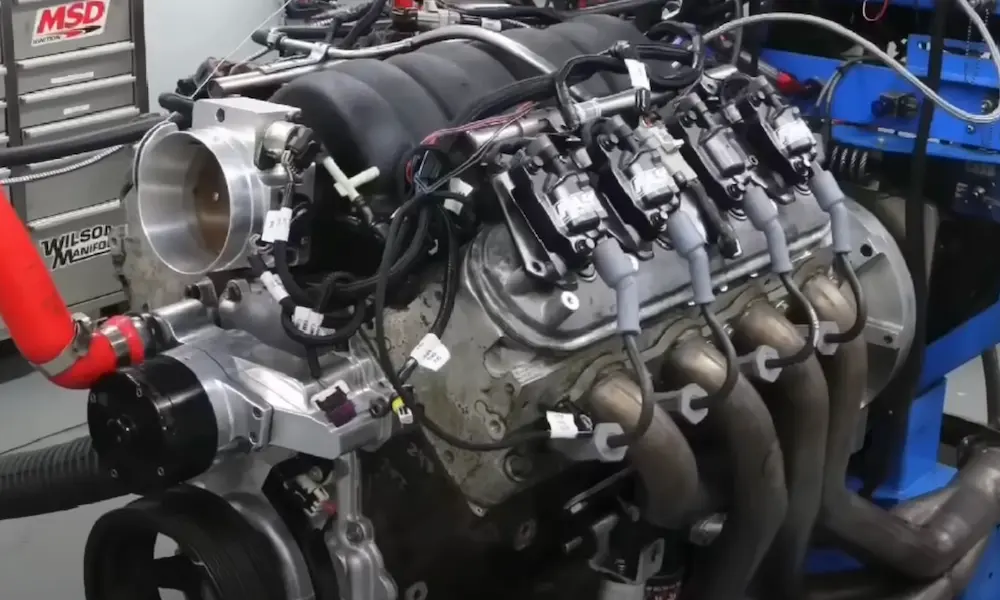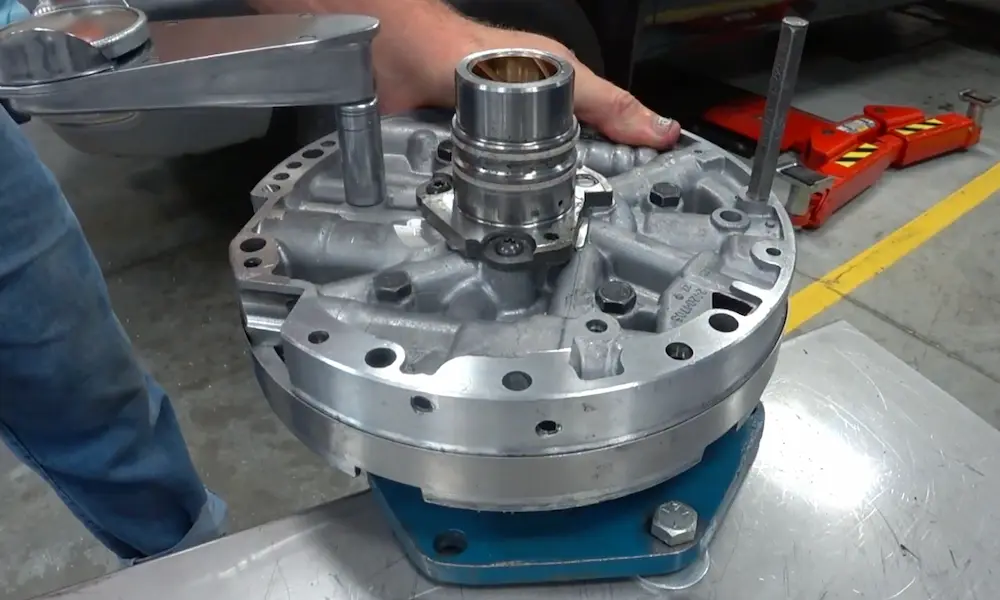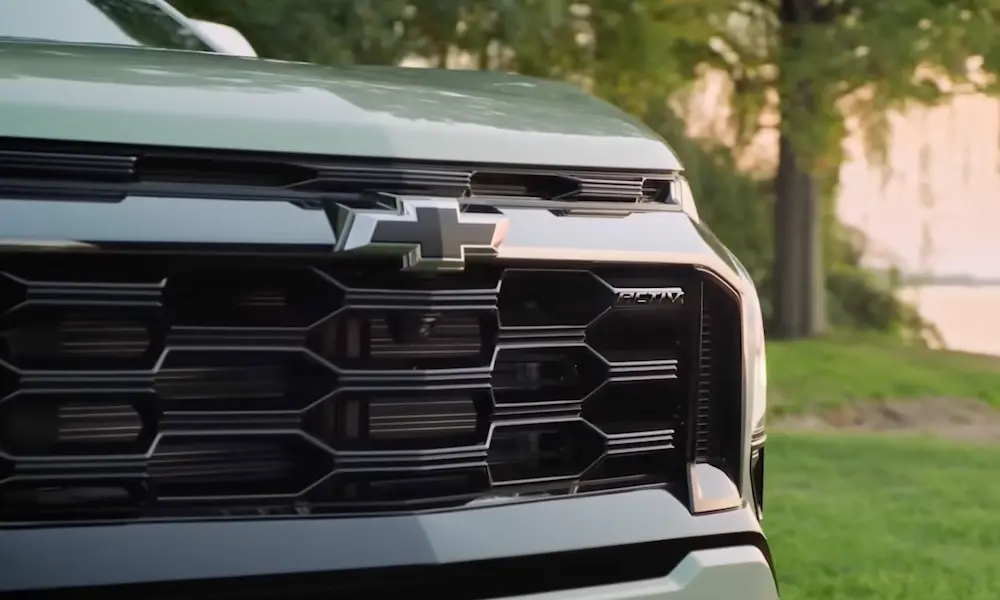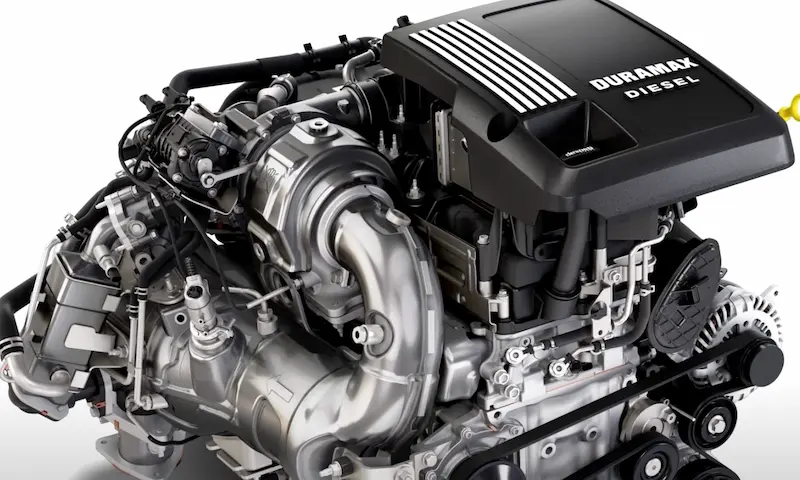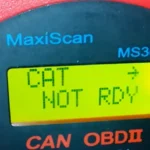If your dash says “Rear Access Open”, you may begin to wonder what exactly is wrong. Perhaps you turn off your vehicle and restart it, same thing. Worries may begin to overtake your mind since you cannot ascertain the main cause of the problem. Well, this article will explain what you can do when you find yourself in that situation.
Why Your Dash Says “Rear Access Open”
If the “Rear Access Open” message pops up on your dashboard, do not be so down. It’s one of the issues car owners experience generally. The message will appear if your car’s computer senses that either your rear hatch window or your rear hatch door is not properly shut.
The most popular reason for the appearance of this message is a faulty latch. A latch is what fastens a pivoted bar with a notch. In this case, it is what keeps the rear hatch or trunk firmly closed. The interior lights, or what we call rear access open lights, may also come on.
In a single-latch vehicle, there are usually two latch sensors, one for the window and the other for the rest door. Though some cars are designed with two latches (with three sensors in total) to properly secure the hatch. If any damage should occur to any of the latches, it may begin to malfunction. Thus, it may falter when it comes to firmly locking the rear hatch.
Another cause of the problem could be when there is debris, rust, dirt or any other thing along the track. This could prevent the rear door from locking. In effect, the “Rear Access Open” message will appear to notify the driver.
In addition, a malfunctioning Body Control Module (BCM) will actuate dashboard warning lights and messages, like the “Rear Access Open”. This notification may appear intermittently as a result of corrosion or wiring problems in the BCM.
Moreover, a damaged seal can trigger the “Rear Access Open” message. Around the hatch or trunk is a seal. When this seal becomes worn out, perhaps damaged, it will affect the hatch lock or its performance.
How to Fix the “Rear Access Open” Error
Before fixing an automotive problem, it is vital to first diagnose the fundamental cause of the trouble. Thereafter, a solution can then be proposed. If you’re not a DIY enthusiast, you can consult an expert in the field for proper repair.
However, when the driver information center (DIC) displays the message signaling that the trunk is not properly closed, a simple action should solve it. Ideally, when you close the trunk, the message should disappear. But this is not always the case.
Nevertheless, below are tips on how you can clear the “Rear Access Open” message yourself.
Reset your Computer
- First, check your rear door. Open it and relock it tightly. It may actually be that the rear door is not properly closed.
- If that doesn’t work, reset your car’s computer by disconnecting your battery cable for at least 2 minutes.
- After disconnecting the battery cable, ensure you hold the battery cables together. I usually prefer to have the battery cables disconnected for about 12 hours before later reconnecting. The idea is to allow the computer to relearn.
This will reboot the system and make it relearn. Sometimes, the latch assembly may be the problem if resetting the car’s computer doesn’t work.
Check Latch Assembly for obstruction
If the message still appears, check for obstruction in the latches. Your car’s latch is located inside the door assembly. This assembly features a sensor that could also trigger the ‘rear access open’ notification.
- Check for possible causes of obstruction. If you discover any, clear the obstruction until you’re sure the hatch closes properly.
- Another option is to check the latches for repair or replacement. One of them may be broken or worn out.
- Check the seal often found around the hatch. If you discover a damaged seal, replace it as soon as you can. Undermining a seal that is damaged can have a serious effect on your vehicle and can increase your cost of repairs. A bad seal can allow water and air to penetrate the hatch.
Inspect the Body Control Module
The last check you should carry out is the Body Control Module (BCM). A BCM, as the name suggests, communicates and monitors the work of the electronic modules in your vehicle. It integrates the activation of auto-electronic units and regulates the load drivers.
A loose wire on any of the Body Control Module (BCM) connectors could also trigger the message. You can visit a qualified mechanic for diagnosis and repair.
Frequently Asked Questions
What does the message “Rear Access Open” mean?
The notification is an indication that your rear door is not well shut. This could be a message from either the window latch sensor or the normal rear door latch sensor.
Does the “Rear Access Open” message stop me from driving my vehicle?
Typically, this may not stop you from driving your vehicle. But since the underlying cause of the trouble is not ascertained, it will be in your best interest to attend to the issue immediately.
Why does the “Rear Access Open” message appear when my doors are firmly locked?
While a latch problem seems to be the most common issue, it is not always the cause. A fault associated with the BCM could also turn on the notification.
Final Thoughts
Of course, this problem can be prevented from surfacing. Yet, when it does occur, it can be quite challenging. If the latches happen to be the root cause of the appearance of the “Rear Access Open” message, another challenge is figuring out which of the latches is faulty.
Locating the right wire or connector linked with each of the latches can also be a daunting task. Therefore, do not complicate matters by opening up your BCM yourself, if you lack the experience or expertise required for the repair.

